Practice
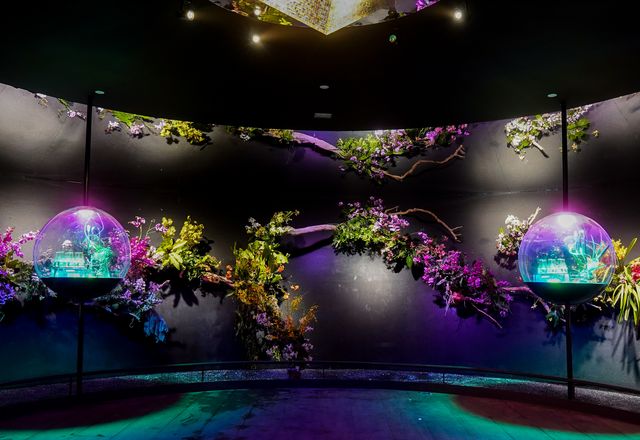
Rewilding in a post-humanist world: Salad Dressing
The work of the Singapore-based landscape architecture practice envisions a future world in which humans, nature and machines co-exist and co-evolve.
Practice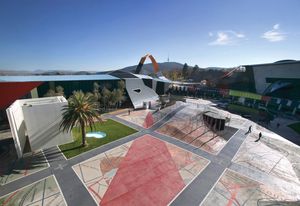
Who has a right in the copy?
Discerning which rights and protections a work might receive under copyright law can be a difficult process. For landscape architects, however, unique barriers to moral authorship complicate an already thorny challenge.
Practice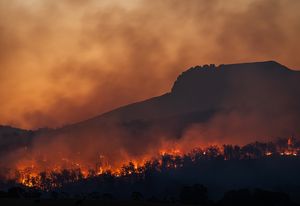
‘It can be done. It must be done’: IPCC delivers definitive report on climate change, and where to now
On both climate change mitigation and adaptation, a massive gap remains between what’s needed and what’s being done.
Practice
Not neutral: Diverse and inclusive public spaces
Nicole Kalms examines how an intersectional approach to design, which recognizes the value of lived experience, can ensure that minoritized people can safely access public amenity.
Practice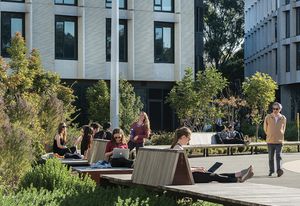
On crediting the multidisciplinary project
Faced with grave challenges like climate change, we need to understand what different disciplines are contributing to projects – if we are to design, innovate and collaborate better.
Practice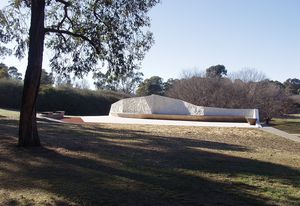
What is authorship? Perspectives from a practising landscape architect
Does authorship matter in a post-truth public realm, when unauthorized digital copies of built projects can be purchased on the international market? Kirsten Bauer teases out the contradictions of “authorship” and calls for generosity in recognizing co-authors.
Practice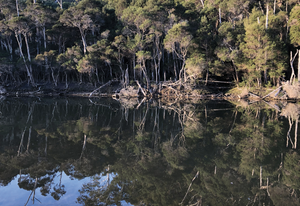
Shifting grounds
Gunaikurnai Land and Waters Aboriginal Corporation and Parks Victoria reflect on more than a decade of joint management and the growing impact of this co-authored approach to the way land is understood, managed and designed.
Practice
Lunar musings
As we move beyond the Earth to fulfil human needs, we have the opportunity to set up best practice from the beginning by declaring the rights of the Moon.
Practice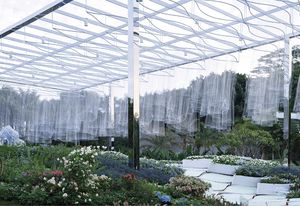
Authorship in the Chinese context
Over the last two decades, landscape architecture in China has gone from a centralized discipline with little creativity or critical thought to a diverse field in which individual practices and academics are increasingly influential.
Practice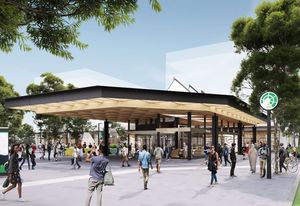
Melbourne’s Suburban Rail Loop: A Big Build or a big bet?
Melbourne’s Suburban Rail Loop aims to help the city become more equitable – but better integration of land use and transport could deliver more benefits for less money.
Practice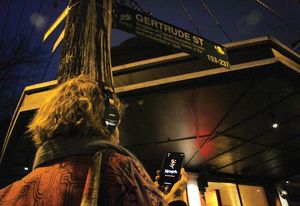
People, stories and place: Yalinguth
Named for the Woi Wurrung word for “yesterday,” Yalinguth is a site-specific app that immerses listeners in First Nations stories, music and more along a street in Melbourne’s inner-north.
Practice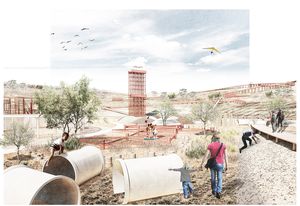
The life of an abandoned open-cut mine: Haoyang Wang
Haoyang Wang of the University of Melbourne discusses his Landscape Architecture Australia Student Prize winning project alongside his supervisor Sidh Sintusingha.
Practice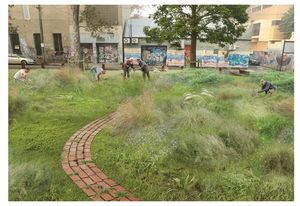
Turning a Sydney park into a dynamic grassland: Chloe Walsh
Chloe Walsh of UTS discusses her Landscape Architecture Australia Student Prize winning project alongside her supervisor Penelope Allan.
Practice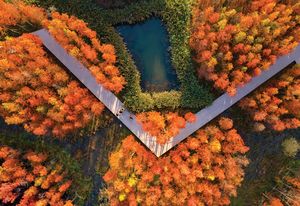
The Authorship Issue
“The Authorship Issue” guest editors Jillian Walliss and Heike Rahmann considers the challenges and opportunities of authorship in the contemporary context.
Practice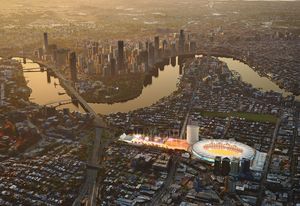
Can the Brisbane Olympics 2032 create value and a lasting legacy?
Exactly what does the 2032 Summer Olympics mean for Queensland and the vast conurbation considered “Brisbane”? Catherin Bull examines.
Practice
As heatwaves and floods hit cities worldwide, these places are pioneering solutions
From floodable squares to green roofs and “cool streets,” the retrofitting of cities can help them adapt to the increasing incidence of extreme weather events.
Practice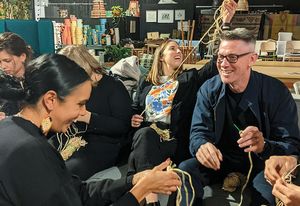
Why RAP? Implementing a Reconciliation Action Plan
Samantha Rich explains the significant benefits of a Reconciliation Action Plan for an architectural practice and what to watch out for when implementing one.
Practice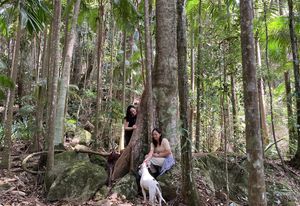
Listen, observe, learn: Ethics and protocols on Country
Danièle Hromek shares the protocols and ethics learnt from her family and from Country as a child and how they apply to the built environment.
Practice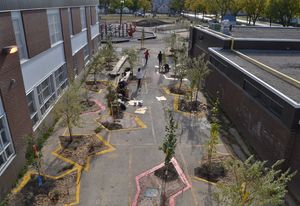
Lo-fi landscapes: Straub Thurmayr
The work of German landscape architecture practice Straub Thurmayr is driven by a passion for the fields of landscape architecture, gardening, sculpture, community work and education.
Practice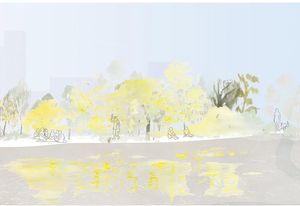
Re-envisioning climate futures
Present actions around climate change tend to focus on preserving what currently exists. Alexander Felson makes the case for a more holistic approach that positions near-term actions within long term thinking.
Practice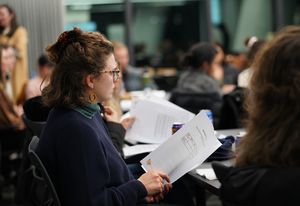
Sharing practice
Developing the skills required to practise landscape architecture is a lengthy process – and sharing knowledge across generations is a crucial part of shaping the profession.
Practice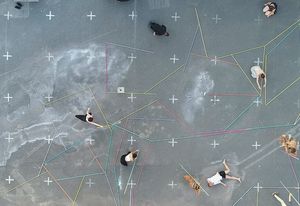
Making time in practice
Time is a crucial dimension of both landscapes and design, yet our projects are often restricted by limited timelines, static modes of representation and fixed outcomes. How can a richer engagement with time transform our modes of practice?
Practice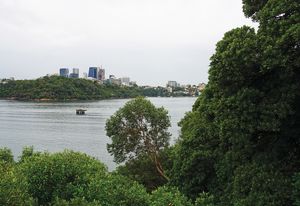
Between action and forgetting: Balls Head Reserve
Across from the never-realized modernist utopia of Blues Point, the seemingly untouched bushland of Balls Head Reserve belies a story that is less about preservation than it is about concerted, collective creation.
Practice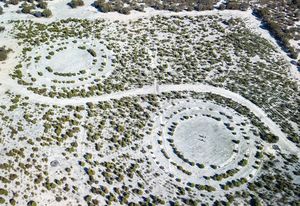
Remaking lost connections
In Australia’s south-west, an ambitious landscape restoration project seeks to undo some of the damage of 200 years of land clearing, strengthening social and ecological networks and linking isolated islands of biodiversity.
Practice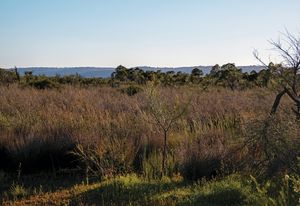
Ancient landscapes, remnant landscapes
One of the most biodiverse landscapes in the world extends through Perth’s eastern suburbs. As development encroaches, a strategy for design together with conservation is vital.
Practice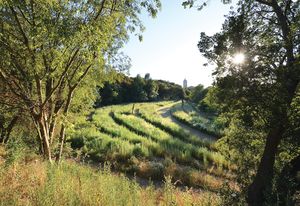
Lo-fi landscapes: Estudi Martí Franch
The work of Catalonia-based interdisciplinary design practice Estudi Martí Franch proposes “response-able” landscapes that can change and adapt to different temporalities and scales.
Practice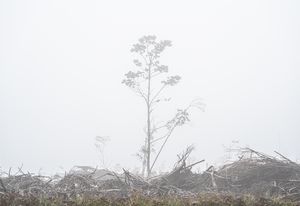
Labor’s biodiversity market scheme needs to be planned well – or it could lead to greenwashing
Labor’s proposed biodiversity market borrows heavily from the previous government’s approach. The government needs to tread carefully here and learn from the criticisms levelled at other offset schemes.
Practice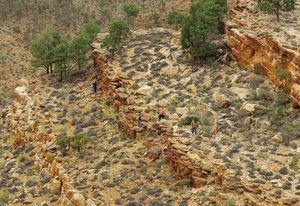
Wonder of time
Working alongside Adnyamathanha knowledge holders and NASA-funded scientists, design practice Brave and Curious has delivered a network of projects across the Flinders Ranges that will help preserve and present internationally significant fossils dating back half a billion years.
Practice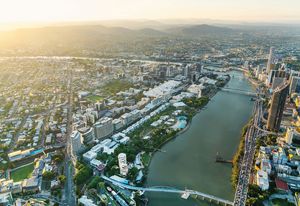
An unfolding landscape: South Bank
Since the World Expo in 1988, Brisbane’s South Bank has evolved into a successful urban precinct, providing lessons about the risks and opportunities of landscape development over time.
Practice
The urgent need to integrate responses to climate change and biodiversity loss
The entangled nature of biodiversity loss and climate change presents designers and planners with a very complex challenge. However, by outlining specific strategies and targets at a range of scales within a practice or organization, we can develop a more effective response.
Practice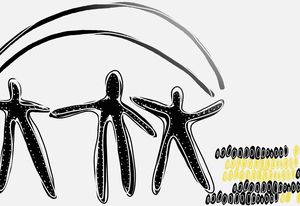
Look to the Skies, think like an Ancestor
By contrast with Western linear concepts of time, many Indigenous knowledge systems understand space and time as interconnected and cyclical, marked by cues from the land, the seas and the skies.
Practice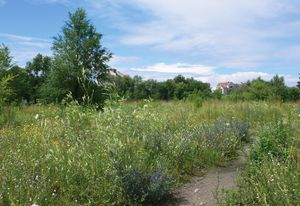
Notes from the margins: Matthew Gandy
Pathbreaking urbanist and geographer Matthew Gandy explores unusual spaces at the margins of cities, where ecological, topographical and historical perspectives collide.
Practice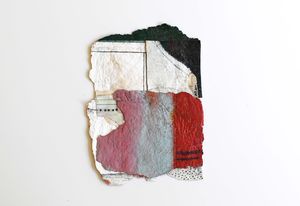
Subject/Object: Simone Bliss
Simone Bliss of SBLA Studio considers her design influences through a selection of objects from her personal collection.
Practice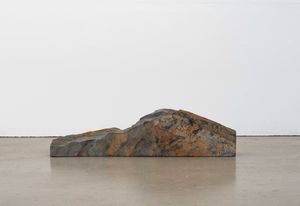
Subject/Object: Marti Fooks
Marti Fooks of Outerspace Landscape Architects reflects on her design influences through a selection of objects from her personal collection.
Practice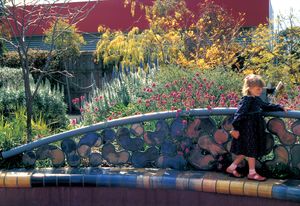
First Project: TCL
Kate Cullity, founding director of TCL, reflects on the practice’s beginnings through its inaugural project, a flamboyant artistic hub in Melbourne’s east.
Practice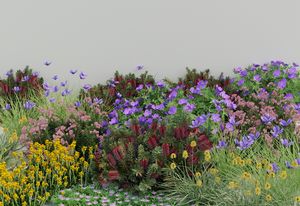
Embracing the innovation debate
Innovation is needed in order to adapt and thrive, yet landscape architecture has generally been slow to engage in these conversations. But, what does it mean to innovate – and how can landscape architects be involved?
Practice
Decarbonizing landscape practice
As landscape architects, we have the ability and responsibility to increase our agency in responding to climate change. What steps can we take to reduce the carbon footprint of our projects and design processes?
Practice
Subject/Object: Claire Martin
Claire Martin of Oculus discusses her design influences through a selection of objects from her personal collection.
Practice
Designing for coolth
Green spaces are one of the most important defences against rising temperatures in our cities. A project unfolding in Bicentennial Park is exploring the use of artificial intelligence to maximize the cooling potential of our urban parks.
Practice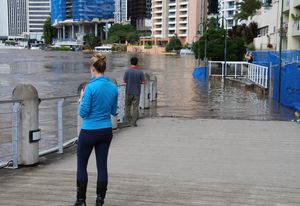
Australia’s cities policies are seriously inadequate for tackling the climate crisis
Urban development policies are stopping the actions that need to be taken to address, not only cities’ contributions to climate change, but what we must do to protect these places from climate change impacts.
Practice